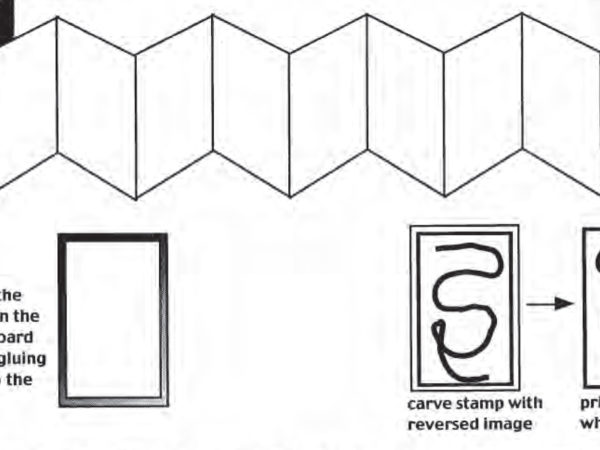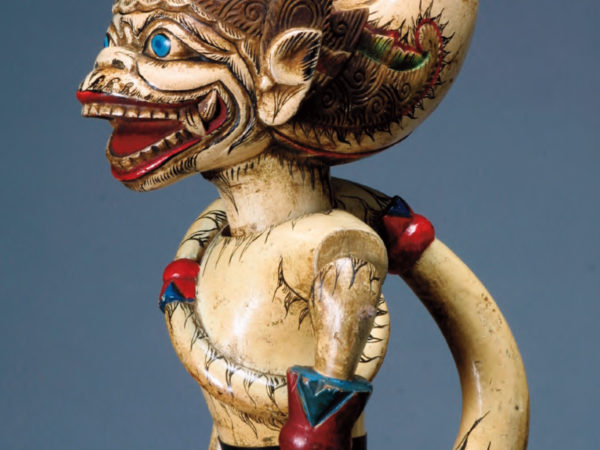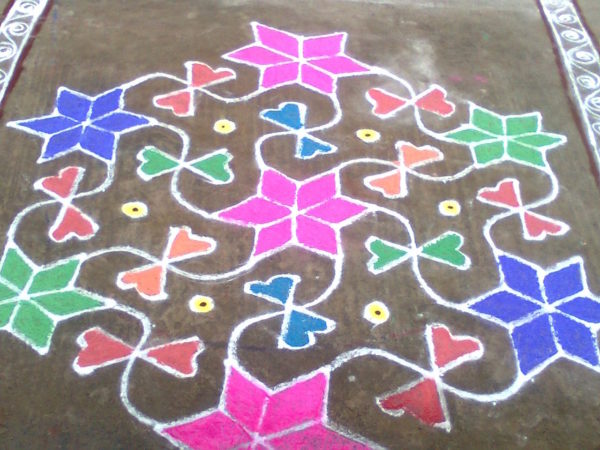Activity
Make a Temple Book or Japanese Screen
Students will create their own books and stamps, and can inscribe poetry or good wishes on each others books. They will then take their books with them on a pilgrimage to the Asian Art Museum, the Japanese tea garden, or the beach, and record their impressions.



